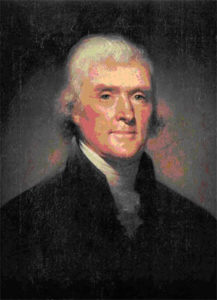| The surprising story of the origins of slavery.
|
What’s in a name? . Aristotle called slaves human instruments signifying their use as tools. . Fifth-century Anglo-Saxons called their slaves Welshman, after the people they captured. . The word ˜slave is adapted from Slav, originating from the time when the Germans supplied the slave markets of Europe with captured Slavs. So much for the original slaves being “people of color”
|
.

|
| African = African American?
Similarities? Differences? An integrated group? Black?
Why Somalis Come to Minnesota The modern nation of Somalia gained its independence in 1960. For much of the next three decades, Somalia was entangled in Cold War politics. Civil war erupted while the Soviet Union was collapsing; atrocities and natural disasters—famine, flood, drought—forced more than a million Somalis to seek refuge in neighboring countries such as Kenya and Ethiopia. Somalia has not had a recognized government since 1991. Most Somalis who now live in Minnesota came to the United States as refugees. Demographics Minnesota is home to the country’s largest population of Somali residents. Most Somalis live in the metro area, particularly in Minneapolis: nearly a third of Minnesota public school students who speak Somali at home attend Minneapolis public schools. Smaller numbers of Somalis have moved to Rochester, Owatonna, and other suburban and Greater Minnesota communities. Some Somalis in Minnesota came from coastal, agricultural and/or nomadic regions in Somalia; others were urban residents. Economics Because resettlement of Somali refugees in Minnesota began as recently as the mid-1990s, the economic impact of this population is growing on a smaller scale than that of other, longer-established immigrant groups. At present, Somali influence on Minnesota’s economy primarily includes filling positions that don’t require strong English skills, providing businesses and services to other Somali immigrants, and a variety of entrepreneurial efforts. Today more than 120 African-owned businesses can be found along Minneapolis’ Lake Street -corridor. Underutilization of professional skills is a problem for many African immigrants. Professional licensure obtained abroad is often not recognized in the U.S. As a result, many former doctors, nurses, engineers, teachers, and lawyers are earning a living through manual labor, which, while providing an important service, prevents Minnesota from benefiting from their professional skills. Life in Minnesota: Challenges and Considerations Worship Accommodations Community Diversity
|